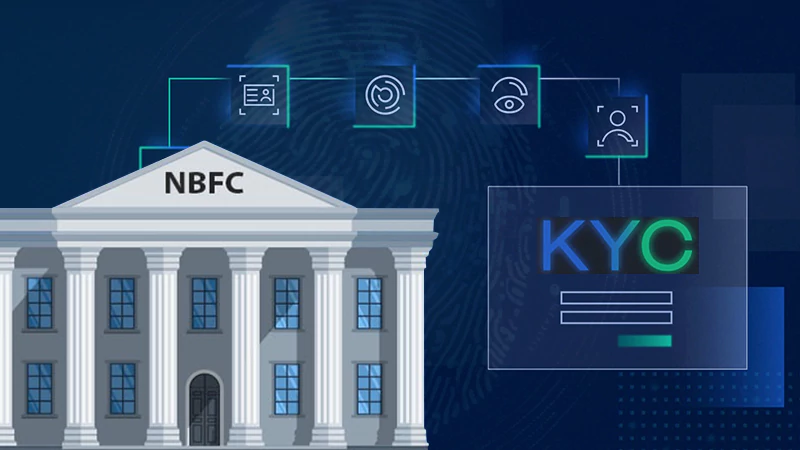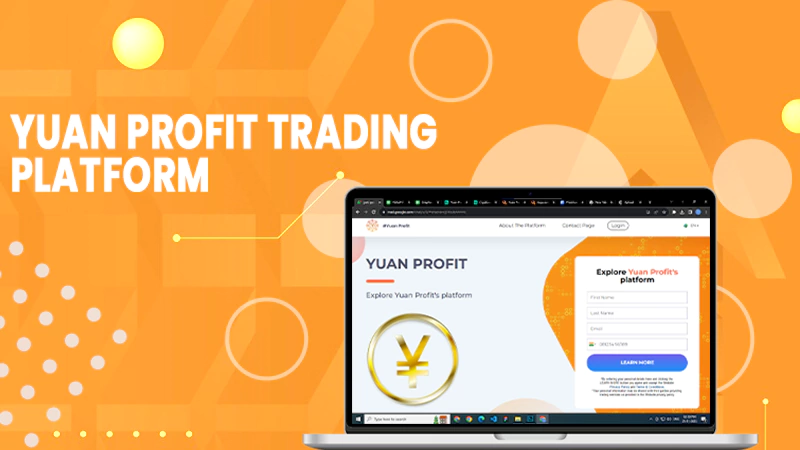ETF: Intellectual Choice of Smart Investors
Investments in classic mutual funds have significant benefits over stock-by-by-stock portfolio development, and this has been true for about one hundred years. Through mutual funds, investors may benefit from broad diversification, expert management, cheap costs, and daily liquidity.
With ETFs, mutual fund investors may get even more rewards from their investments. While conventional open-end funds have higher operational expenses, exchange-traded funds (ETFs) have reduced costs, more transparency, and more favorable tax treatment for taxable accounts. However, to understand, there are limitations, such as trading fees and product complexity. According to the vast majority of well-informed financial professionals, the benefits of ETFs much outweigh the drawbacks.
Read Millennials! Smart Financial Planning Today That Can Secure Your Future Tomorrow
As an asset class, ETFs may help diversify your assets, mitigate risk, or obtain exposure to a particular sector or market.
Here are a few advantages of ETFs to know why ETFs are so popular among investors.
Single-Item Purchases
The holdings of indexes are mirrored in exchange-traded funds (ETFs).
2 As a result, ETFs may track any sector or industry that an index can monitor. On the other hand, traditional index investing requires investors to buy every single company in an index’s basket.
Investing in ETFs is effectively a one-stop shop for a wide range of investments. It’s easy to conceive of each ETF share as a mini-portfolio containing a small number of stock shares. As a result, investors save time by not making dozens of orders and figuring out what a reasonable price is for each one.
Liquidity
Investing in ETFs is made more accessible, but liquidity is not sacrificed in the process. ETFs, like stocks, may be traded at any time of the day or night. They also do a lot of trading. The SPDR S&P 500 ETF (SPY) is the most popular ETF in terms of volume, with an average daily trading volume of more than 100 million shares. 3 Due to the high level of available capital, investors, may enter and exit positions at will.
Additionally, ETFs may be traded short or on leverage, and their prices are constantly updated. So, despite providing investors with a considerably more comprehensive range of investment options, ETFs trade similarly to stock market shares.
Affordability
Investing in ETFs is a simple way to save money for investors. You won’t have to worry about commission costs piling up while you’re adding a large number of stocks to your portfolio. ETFs have cheaper management costs than traditional mutual funds, and there are no load fees.
Taxes on ETFs
If you’ve done any research on ETFs, you’ve undoubtedly heard the term “tax-friendly” used to describe them. This is often true when compared to standard mutual funds. 4 To avoid paying capital gains taxes while trading mutual funds, investors might consider using ETFs instead of mutual funds. Capital gains taxes on mutual fund investors usually are accrued and levied on fund holders on a yearly basis.
On the other hand, capital gains are not realized until the ETFs are sold, which is the situation with mutual funds. That implies that an investor may essentially choose when to impose ETF taxes on oneself. Investors, on the other hand, will be taxed on ETF distributions.
Derivatives
ETFs allow investors to employ risk management instruments, including options, swaps, and futures contracts. A wide variety of ETFs are available that may be used for a variety of purposes, including option straddles and hedges.
Additionally, keep in mind that ETFs may contain options and futures in their holdings.
ETFs that use derivatives, such as leveraged and inverse ETFs, aren’t often seen in passive index ETFs. ETF holdings should always be checked before adding to your portfolio so that you can fully grasp the effect on your trading strategy and the risk exposure that this will have on your portfolio.
Accountability
ETFs that are actively traded must disclose a daily list of the assets in the fund’s portfolio.
6 For this reason, investors in similar mutual funds are less familiar with the goods in their portfolios since they do not have the exact needs.
Management through Inaction
Most ETFs are passively managed; however, few actively traded ETFs exist. The objective of passive ETFs is to track the performance of an index or benchmark rather than beat it (although that can happen on occasion). Instead of an actively managed mutual fund seeking to surpass its underlying model, just minimal tweaks are required for the ETF. Because of this, ETFs have reduced risk and lower management costs.
Immediately Paid-Out Shares
Most ETFs pay out dividends in the same way that stocks do. You’ll get a quarterly dividend payment in your brokerage account. Traditional mutual funds have a wide range of time durations. Instead of quarterly, many mutual funds pay out dividends once a year.
Simplicity
ETFs are easy to grasp because of their straightforward structure (except for advanced products like leveraged and inverse ETFs). ETFs and other essential investment products like mutual funds make it easier for investors to comprehend their investments. Whether you’re interested in investing in a particular sector or trying to match the performance of an index, you may do so with just one transaction.
Include ETFs in your financial portfolio for all of the above reasons, and you won’t be disappointed. ETFs are an economic weapon that should be included in your investing armory, alongside mutual funds, stocks, derivatives, and indexes.
So, these were some fantastic advantages of ETFs.
Follow Us
Latest Post
















